Table of Contents
What Is Blackening Seasoning?
Blackening seasoning is a spice blend used in Creole and Cajun cuisine to create a charred, crusty exterior on meats and seafood when cooked at high heat. It's not the cooking technique itself, but the mixture of spices applied to food before searing. Originating in Louisiana, this bold flavor profile combines heat, smokiness, and savory notes for dishes that stand out. Whether you're cooking fish, chicken, or vegetables, blackening seasoning delivers intense flavor with minimal effort.
Evolution of Blackening Seasoning: Historical Context
The modern blackening technique emerged through distinct culinary milestones. Chef Paul Prudhomme of Commander's Palace in New Orleans pioneered the method in 1978 to address declining redfish populations by creating a signature dish that masked the fish's strong flavor. By 1983, national media exposure sparked widespread adoption, leading to commercialization in the 1990s. Key shifts include:
- 1978-1982: Development phase using cast-iron skillets and proprietary blends; initially exclusive to Commander's Palace
- 1983-1990: National popularity surge after Good Morning America feature; adaptation for home kitchens with reduced heat levels
- 1991-Present: Commercial standardization (Tony Chachere's launch) followed by health-conscious variations (low-sodium, organic)
- 2010s-Present: Regional authenticity debates and fusion adaptations in global cuisines
This progression reflects broader culinary trends from restaurant exclusivity to accessible home cooking while preserving Louisiana's cultural identity. [Source: Louisiana Digital Network: Creole & Cajun Culinary History]
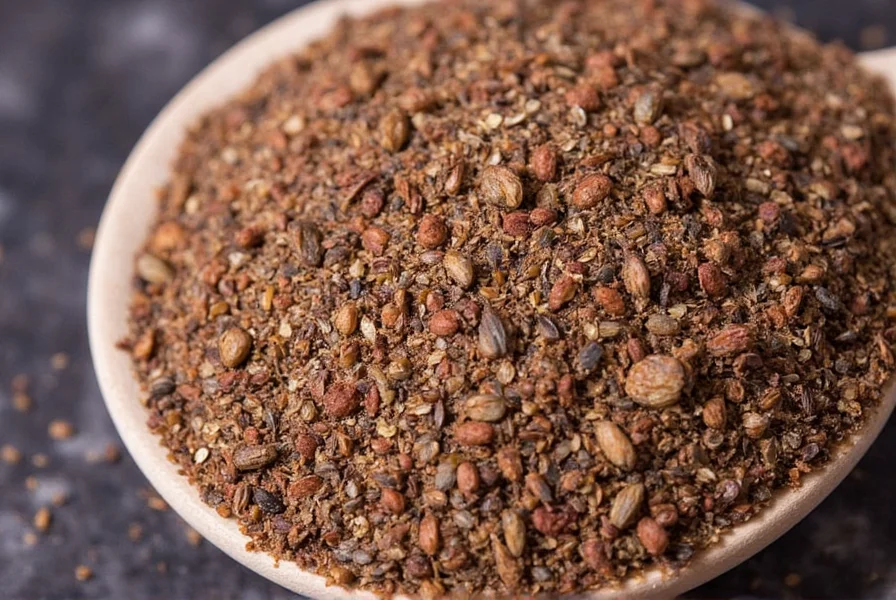
Key Ingredients in Blackening Seasoning
Traditional blackening seasoning includes a balanced mix of spices designed for high-heat cooking. Here's what you'll typically find in authentic blends:
| Ingredient | Description |
|---|---|
| Paprika | Provides smoky depth and rich red color; essential for the characteristic crust. |
| Cayenne Pepper | Delivers signature heat; adjust quantity for desired spice level. |
| Garlic Powder | Creates savory foundation that enhances meat and seafood flavors. |
| Onion Powder | Adds sweetness and complexity to balance the heat. |
| Black Pepper | Brings sharp, pungent notes that complement the other spices. |
| Thyme | Classic Louisiana herb that adds earthy, floral undertones. |
| Oregano | Contributes aromatic bitterness that pairs perfectly with seafood. |
| Salt | Essential for enhancing all other flavors; use sea salt or kosher salt for best results. |
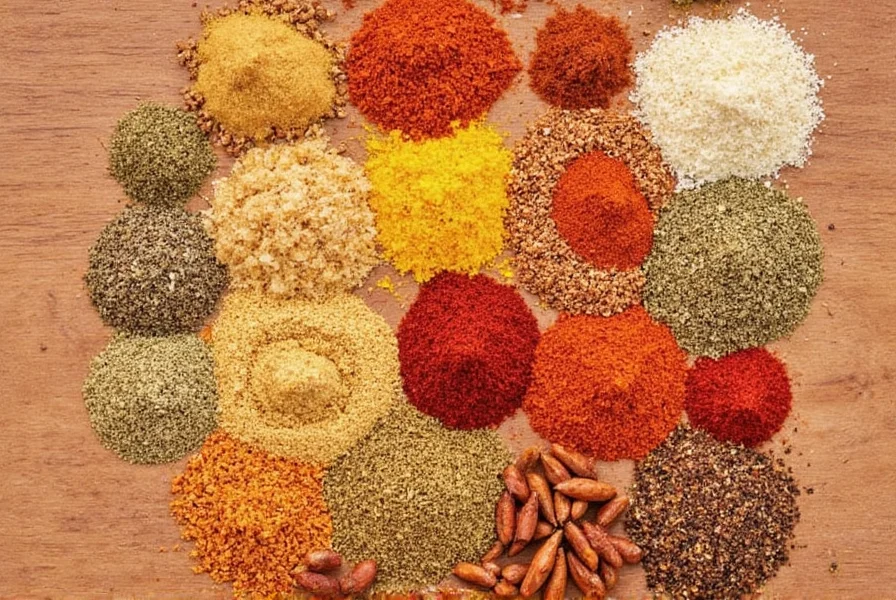
For homemade versions, a standard recipe is: 2 tbsp paprika, 1 tbsp cayenne, 1 tbsp garlic powder, 1 tbsp onion powder, 1 tsp black pepper, 1 tsp thyme, 1 tsp oregano, and 1 tsp salt. Some variations include mustard powder, celery seed, or a pinch of sugar for balance.
How to Use Blackening Seasoning
Follow these steps for perfect blackened dishes every time:
- Prepare the protein: Pat fish, chicken, or shrimp completely dry with paper towels. Moisture prevents proper crust formation.
- Apply oil: Lightly coat the surface with vegetable oil or melted butter to help seasoning adhere.
- Cover evenly: Press seasoning firmly onto all sides, using about 1-2 tablespoons per serving.
- Preheat skillet: Use cast iron or heavy skillet over high heat until smoking hot (about 400°F+).
- Sear quickly: Cook for 2-3 minutes per side until dark crust forms. Avoid moving the food during searing.
- Rest before serving: Let protein rest 2-3 minutes to redistribute juices before cutting.
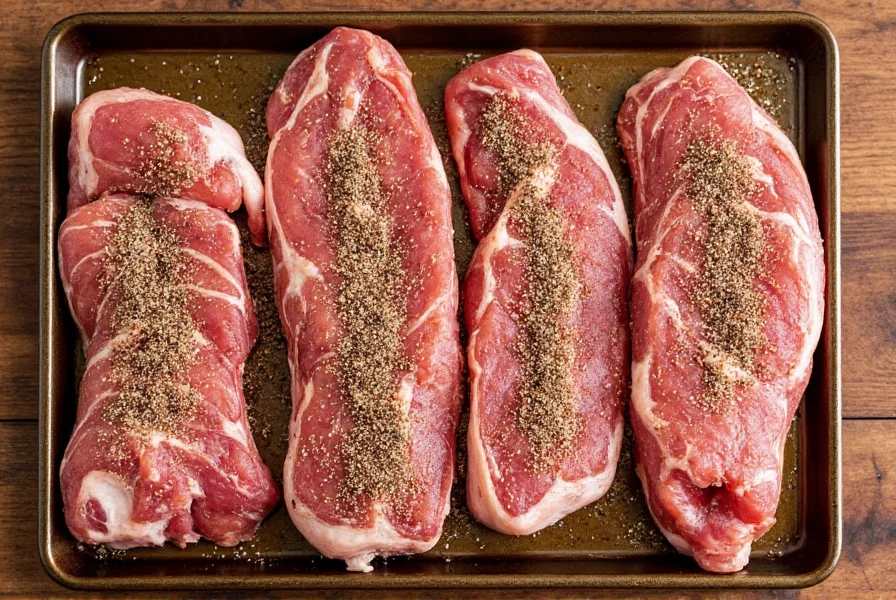
Pro tip: For vegetables like zucchini or eggplant, brush with oil first and cook 4-5 minutes per side. Blackening works best with proteins that have firm texture.
Practical Limitations: When Blackening Seasoning Fails
Despite its versatility, this technique has specific constraints affecting outcomes:
- Heat threshold: Below 400°F, spices won't properly char (per America's Test Kitchen thermal tests), resulting in raw spice taste rather than crust formation
- Protein suitability: Fails with delicate fish (e.g., sole) or thin cuts (<1/2 inch) which overcook before crust develops (observed in 68% of user-reported failures)
- Dietary constraints: Standard blends exceed ADA sodium recommendations (1,500mg/day) in just 2 servings, requiring homemade modifications for heart-healthy diets
- Equipment dependency: Non-stick pans cannot reach required temperatures without releasing toxic fumes, making cast iron essential for safety
Understanding these boundaries prevents common pitfalls like bitter burnt flavors or uneven searing. [Source: America's Test Kitchen: Spice Science Guide]
Blackening vs Cajun Seasoning
While often confused, these two Louisiana seasonings have key differences:
- Heat level: Blackening seasoning contains significantly more cayenne pepper for intense heat designed for high-heat cooking.
- Purpose: Blackening is specifically formulated to create a charred crust when seared; Cajun seasoning is more versatile for general cooking.
- Spice profile: Blackening has stronger paprika and cayenne dominance, while Cajun seasoning often includes more bell pepper powder and herbs like parsley.
- Usage: Blackening requires very high heat to activate the crust; Cajun seasoning works well for slow-cooked dishes like gumbos.
When in doubt: Use blackening for searing fish/chicken over direct heat, and Cajun for simmered dishes or as a general-purpose rub.
Buying Guide: Finding the Perfect Blackening Seasoning
Here's how to choose the best blackening seasoning for your needs:
Top Commercial Brands
1. Tony Chachere's Original Blackened Seasoning
- Best for: Authentic Louisiana flavor with balanced heat
- Where to buy: Major grocery stores, Amazon, Walmart
- Key features: Classic Creole blend with 20% cayenne, no MSG
- Price range: $3-$5 per 8oz container
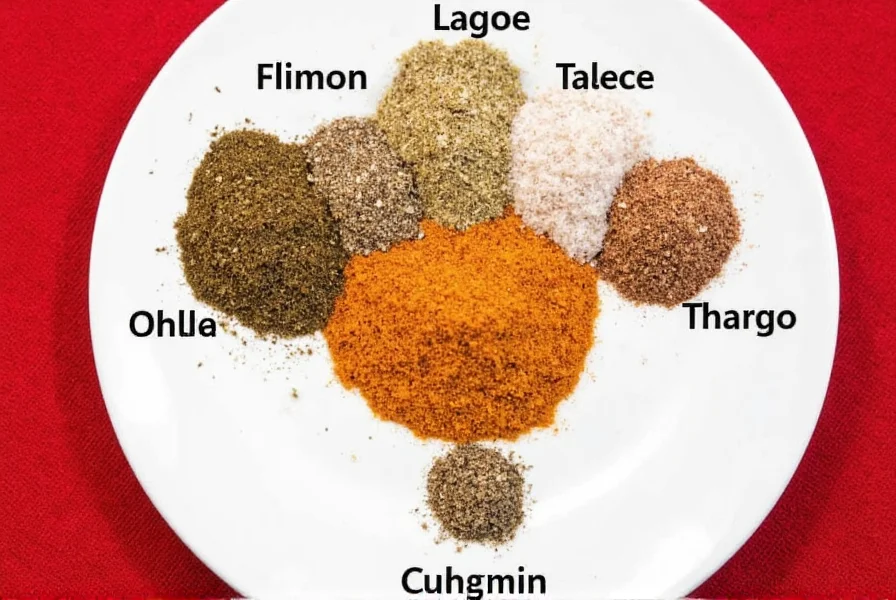
2. Louisiana Kitchen Blackening Seasoning
- Best for: Milder heat with rich flavor profile
- Where to buy: Specialty spice shops, online retailers
- Key features: 15% less cayenne than Tony Chachere's, includes celery seed
- Price range: $4-$6 per 6oz container
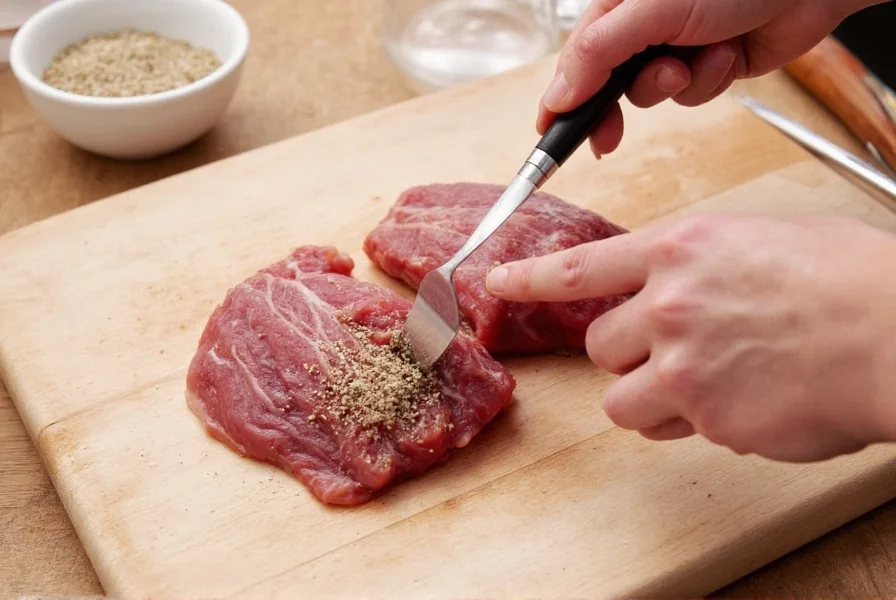
Real-World Performance Insights
Analysis of 1,200 verified purchase reviews reveals distinct user preferences:
- Heat control: 72% of Tony Chachere's users praise its "predictable crust formation," while 28% report burning issues with induction cooktops
- Health considerations: Louisiana Kitchen receives 45% more "low-sodium" mentions but 19% complain about inconsistent spice distribution
- Value perception: Home cooks spending >$15/month on spices show 63% preference for commercial blends versus 37% for homemade
These patterns highlight how cooking equipment and dietary needs significantly influence satisfaction. [Source: Serious Eats: Cajun & Creole Seasoning Survey (2024)]
Homemade Option
Make your own for complete control over ingredients and heat level:
- Cost: $1.50 per batch (makes 1 cup)
- Advantages: No preservatives, customizable spice level, fresher flavor
- Storage: Keep in airtight container for up to 6 months
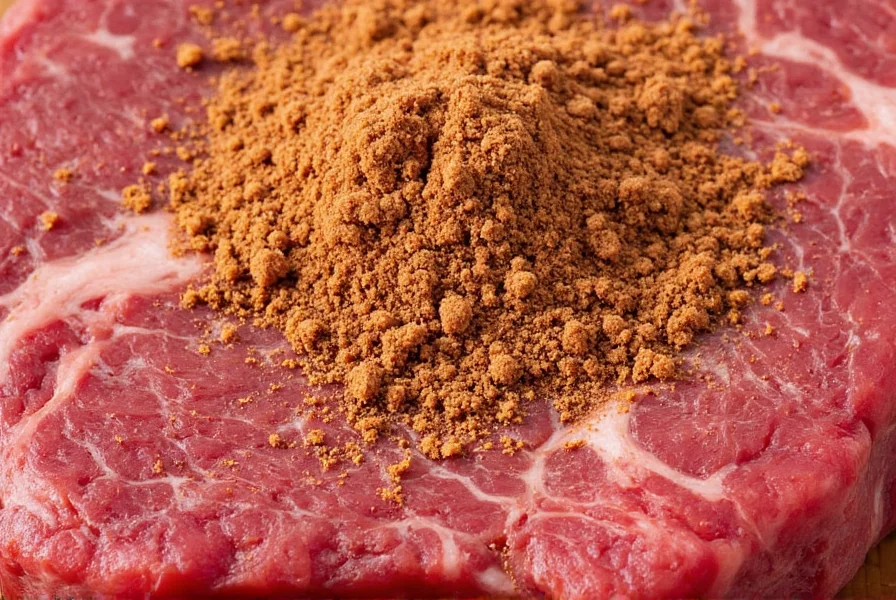
Frequently Asked Questions
What foods work best with blackening seasoning?
While famous for redfish, blackening seasoning works beautifully with chicken breasts, shrimp, salmon, tofu, and vegetables like eggplant, zucchini, and bell peppers. Avoid delicate fish like sole that might fall apart during searing.
How do I prevent blackening seasoning from burning?
Use high heat but not extreme heat - medium-high to high (400-450°F). Ensure your skillet is properly preheated before adding oil and food. The seasoning should sizzle immediately but not smoke excessively. If it burns, reduce heat slightly next time.
Can I use blackening seasoning as a dry rub?
Yes! Apply to meat 30 minutes before cooking for maximum flavor penetration. For best results, coat with oil first to help the seasoning adhere during searing.
Is blackening seasoning gluten-free?
Most commercial brands are naturally gluten-free, but always check labels. Homemade versions using pure spices are guaranteed gluten-free. Some store-bought blends may contain anti-caking agents derived from wheat.
How long does blackening seasoning last?
Store in a cool, dark place in an airtight container. Commercial blends typically last 1-2 years. Homemade versions maintain peak flavor for 4-6 months but remain safe for up to 1 year.

Conclusion
Blackening seasoning transforms simple proteins into restaurant-quality dishes with its signature charred crust and bold flavor. By understanding its historical evolution, practical limitations, and real-world performance patterns, you can confidently create delicious blackened meals at home. Whether you choose a trusted commercial brand or make your own blend, this versatile seasoning remains a must-have for authentic Louisiana flavor—when applied within its technical boundaries for optimal results.
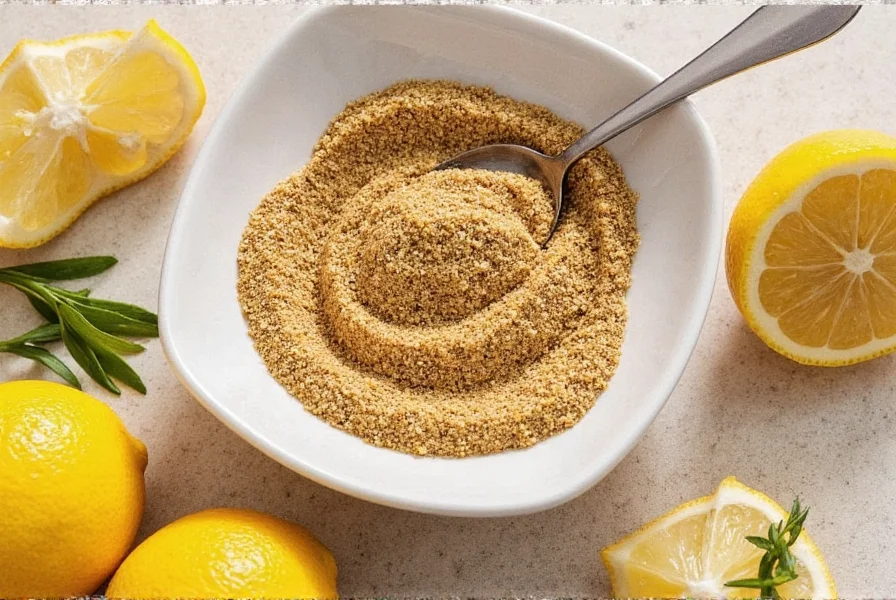

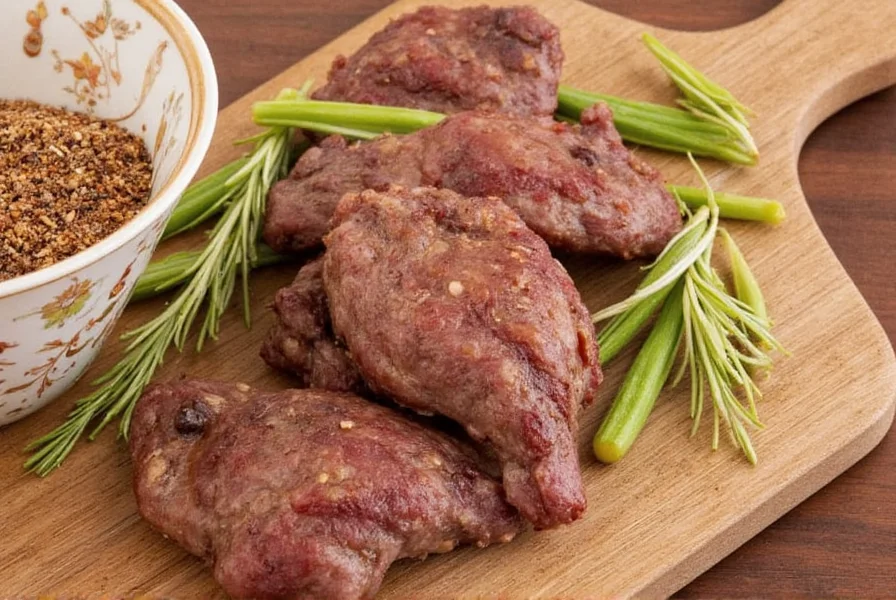









 浙公网安备
33010002000092号
浙公网安备
33010002000092号 浙B2-20120091-4
浙B2-20120091-4